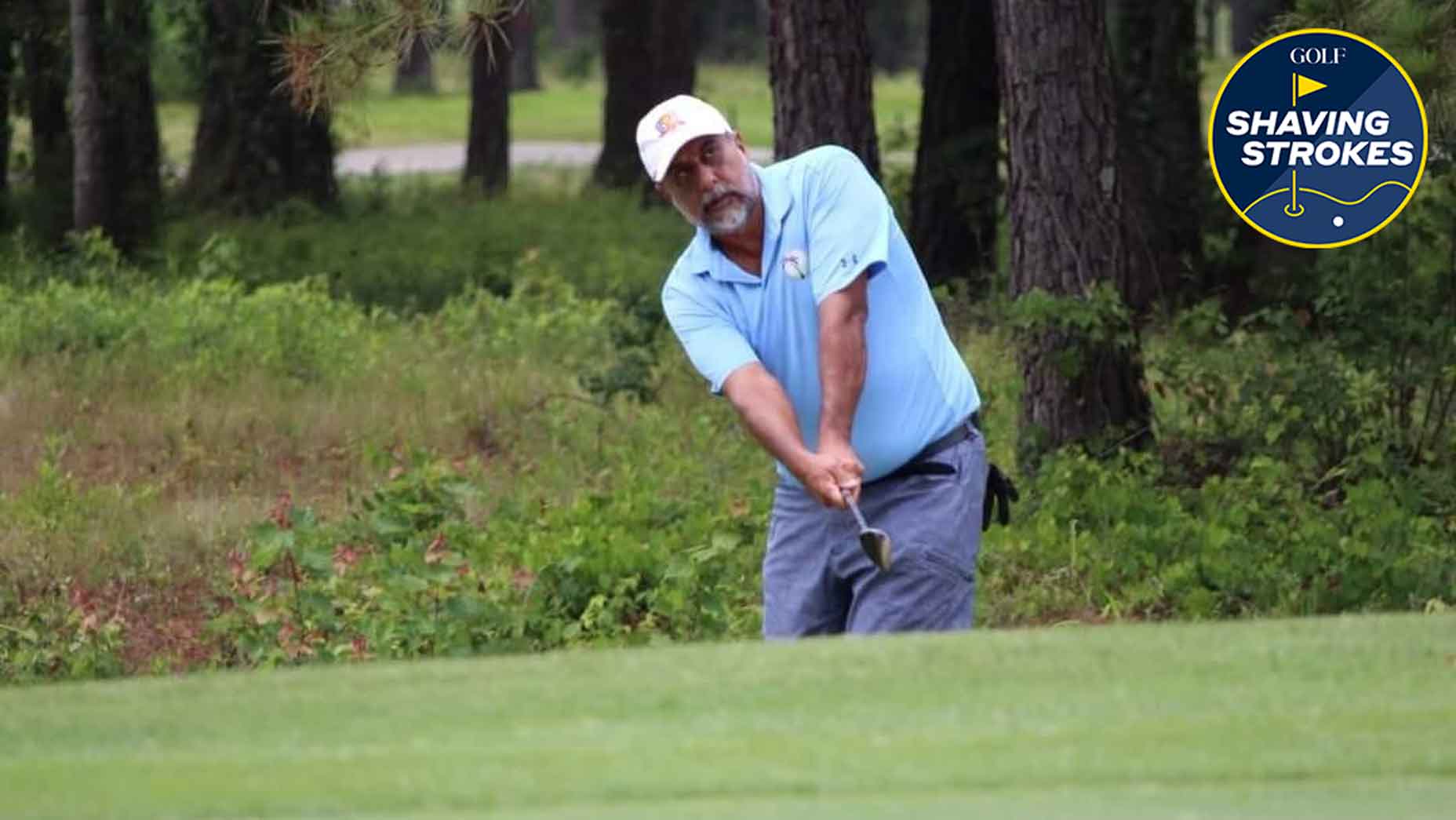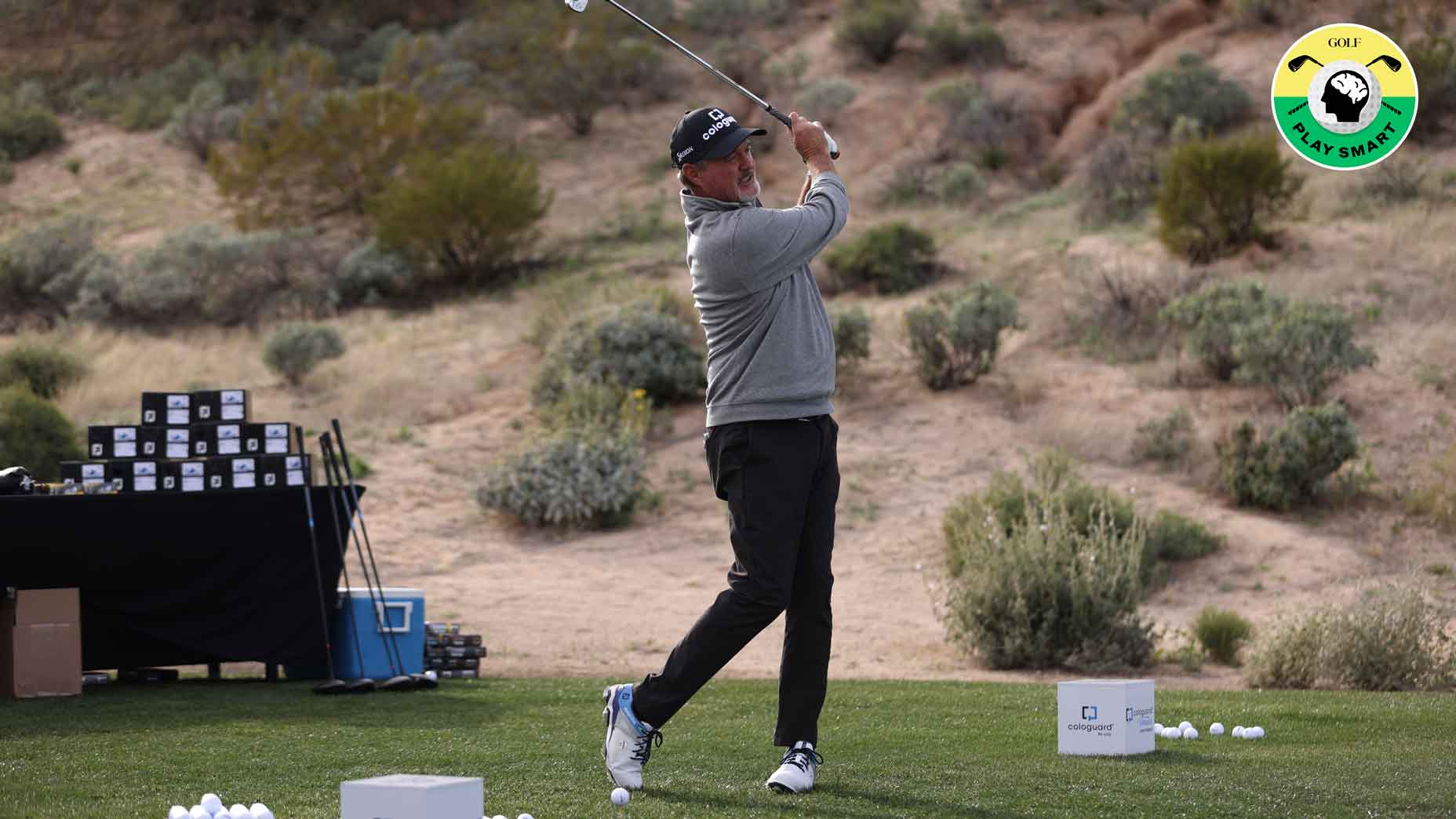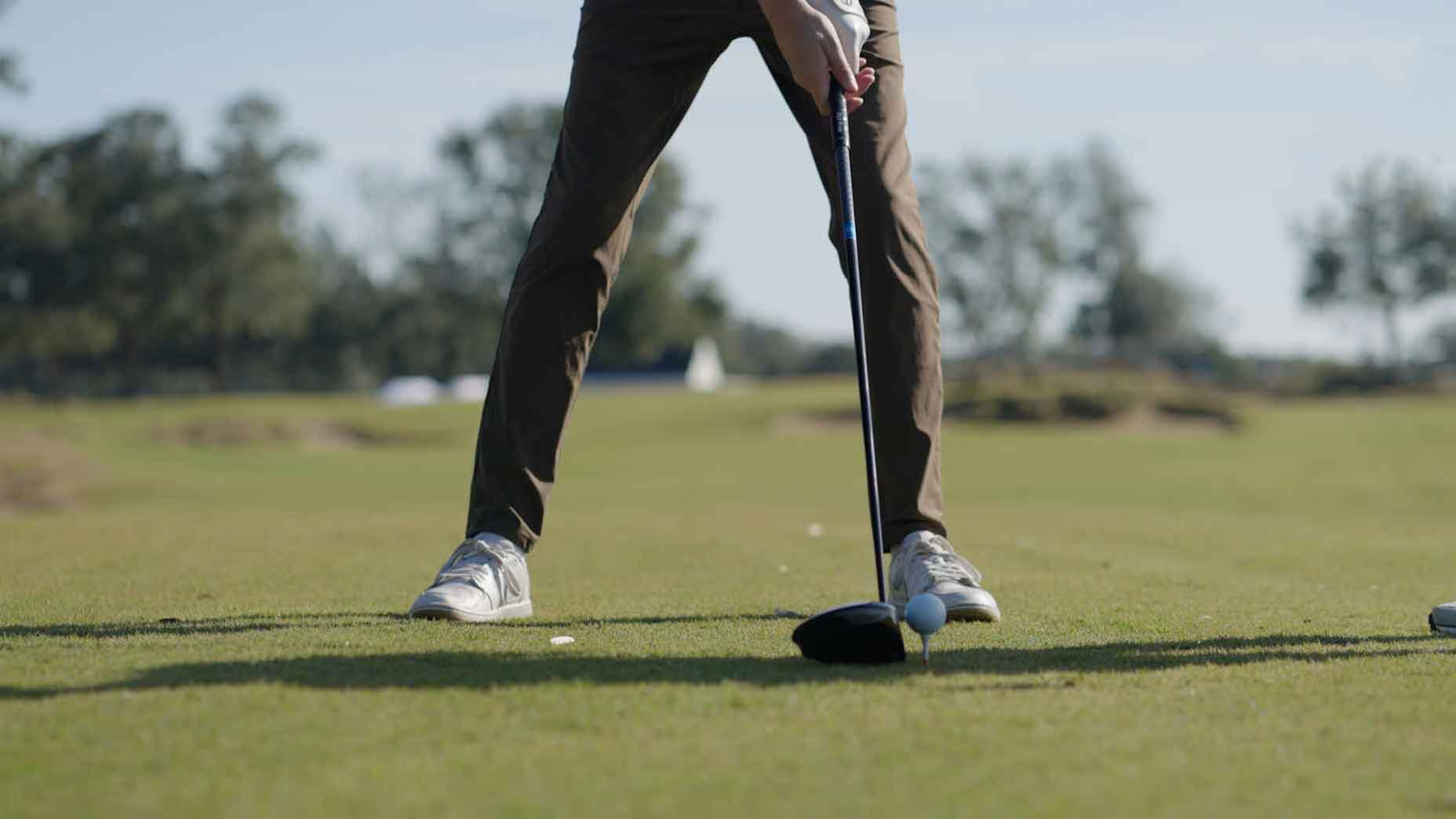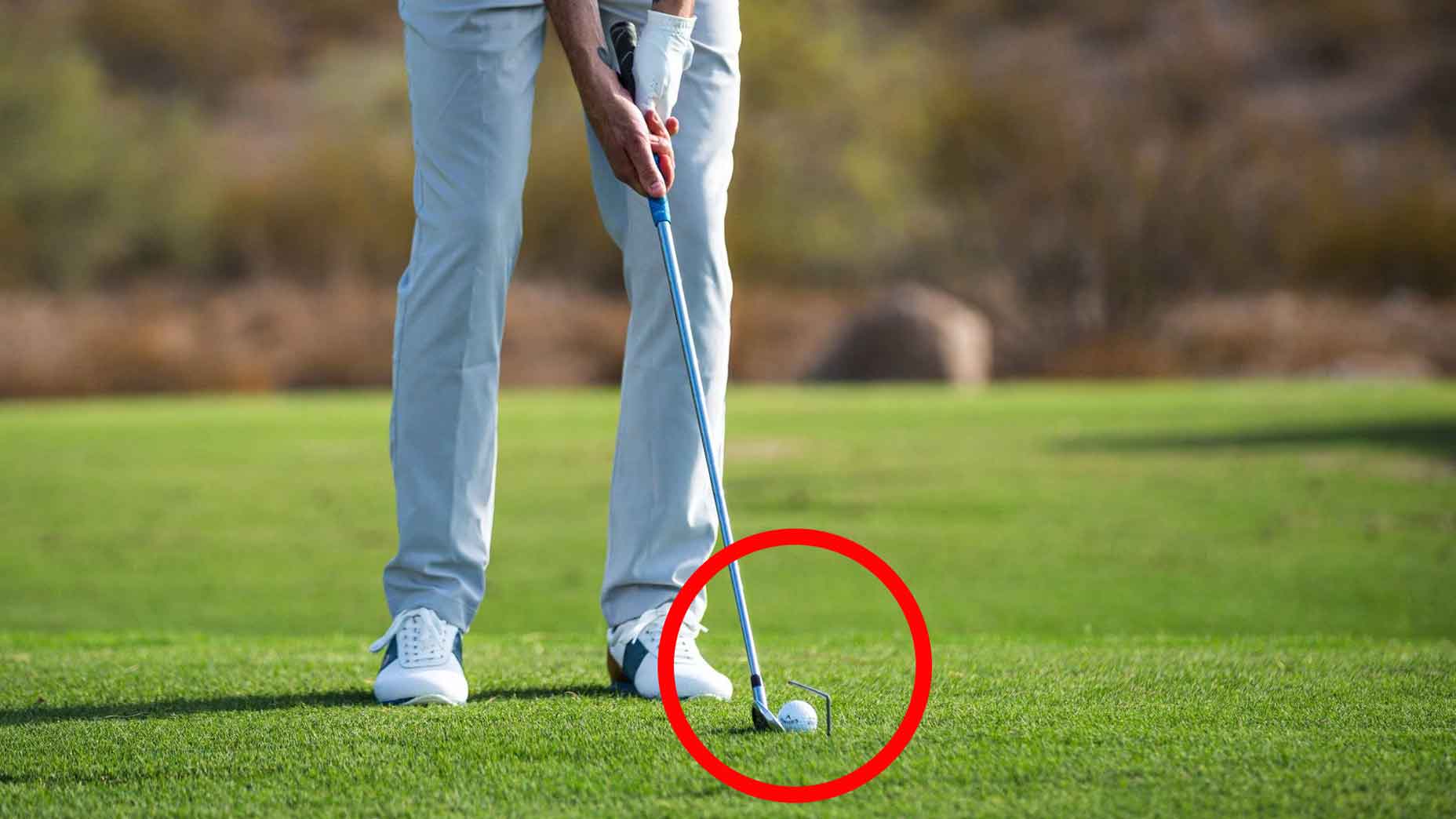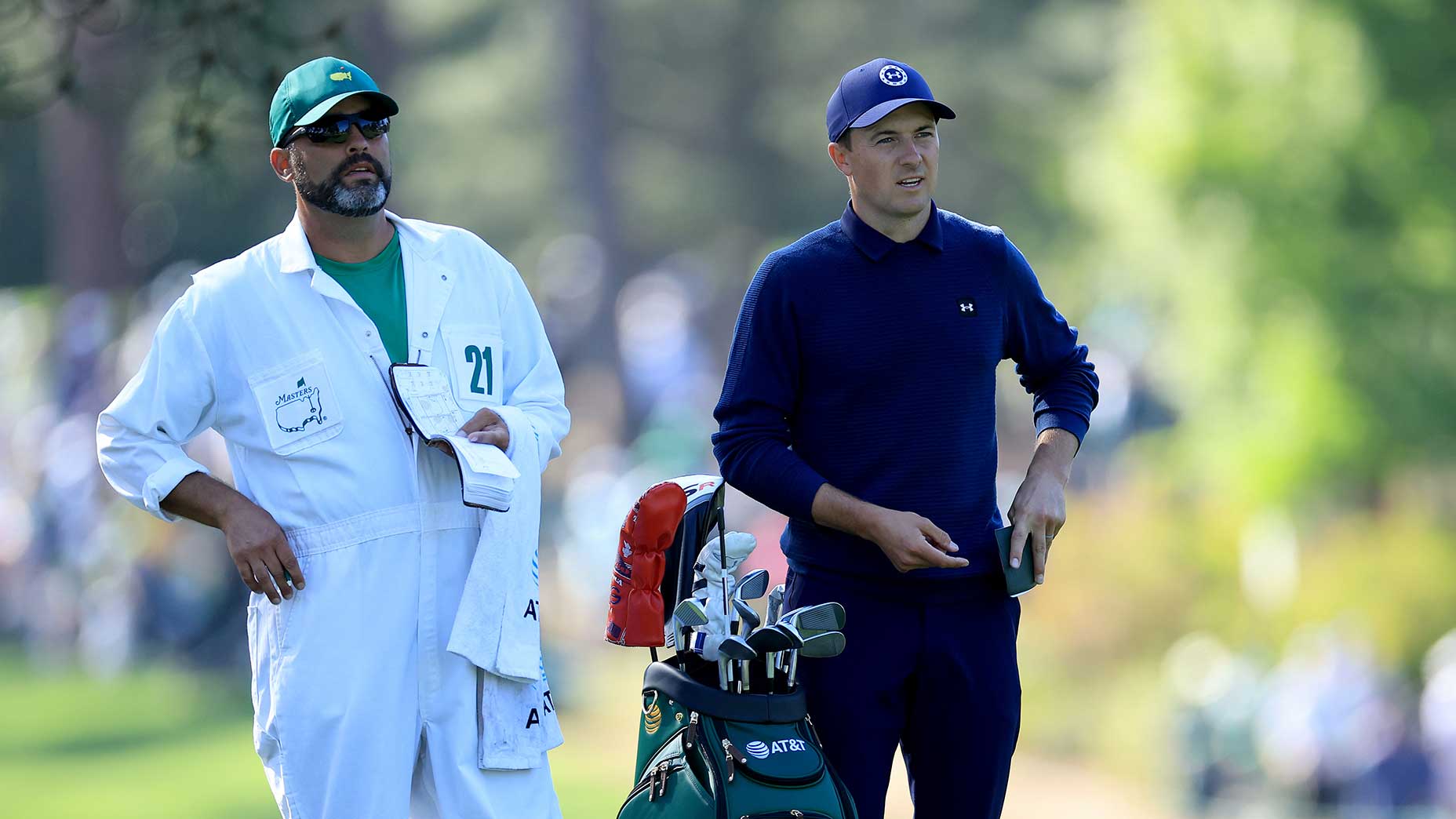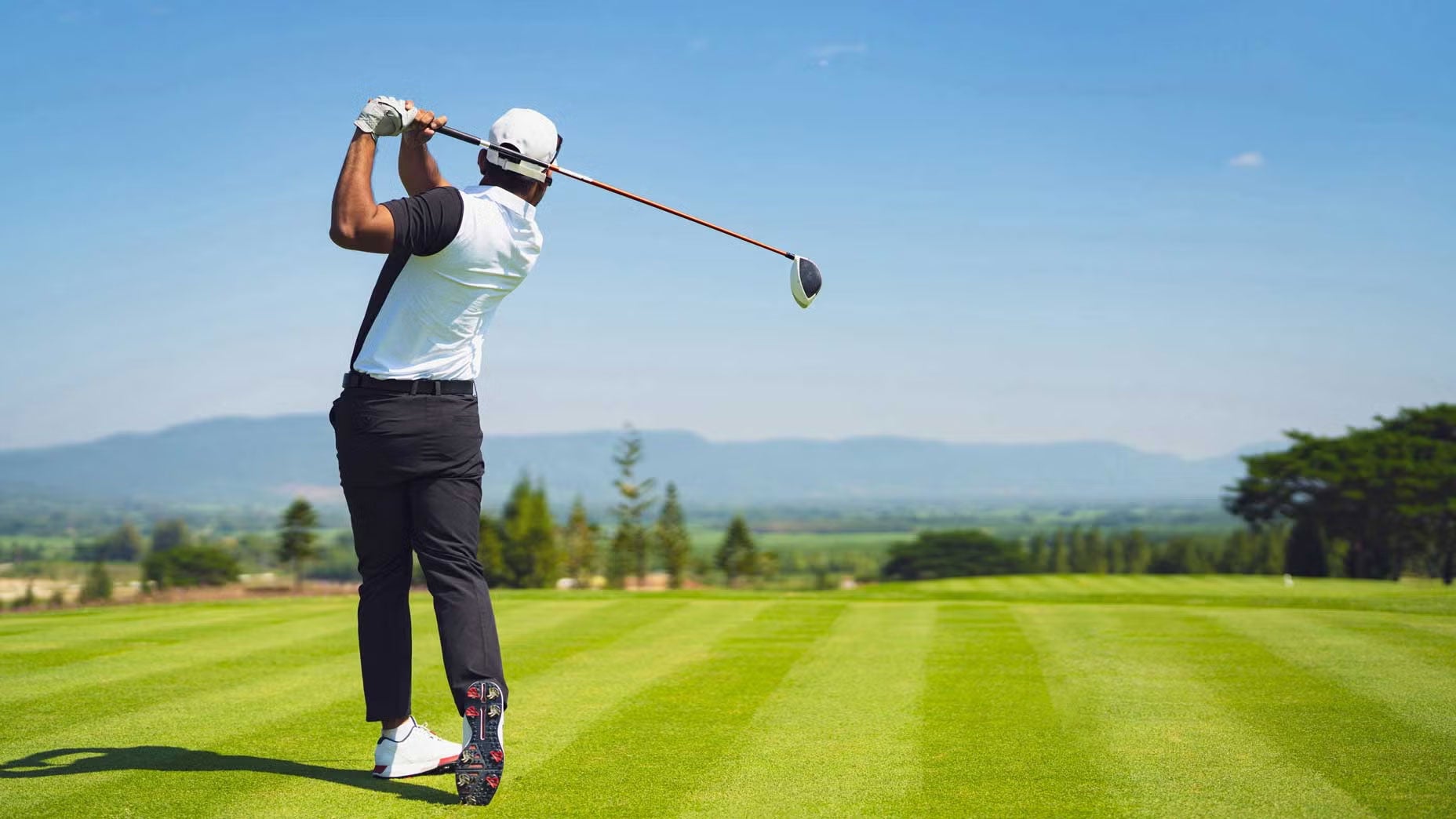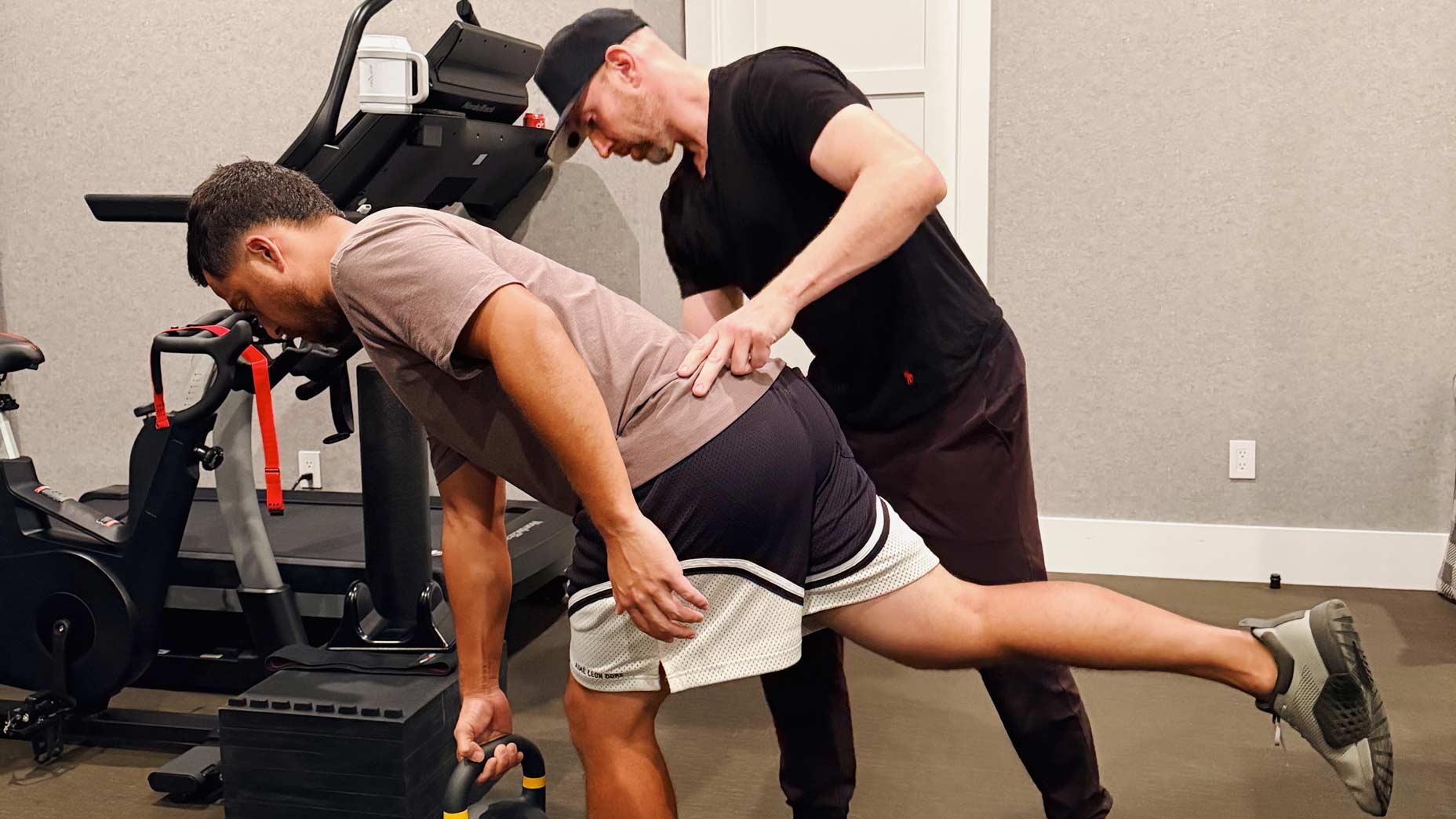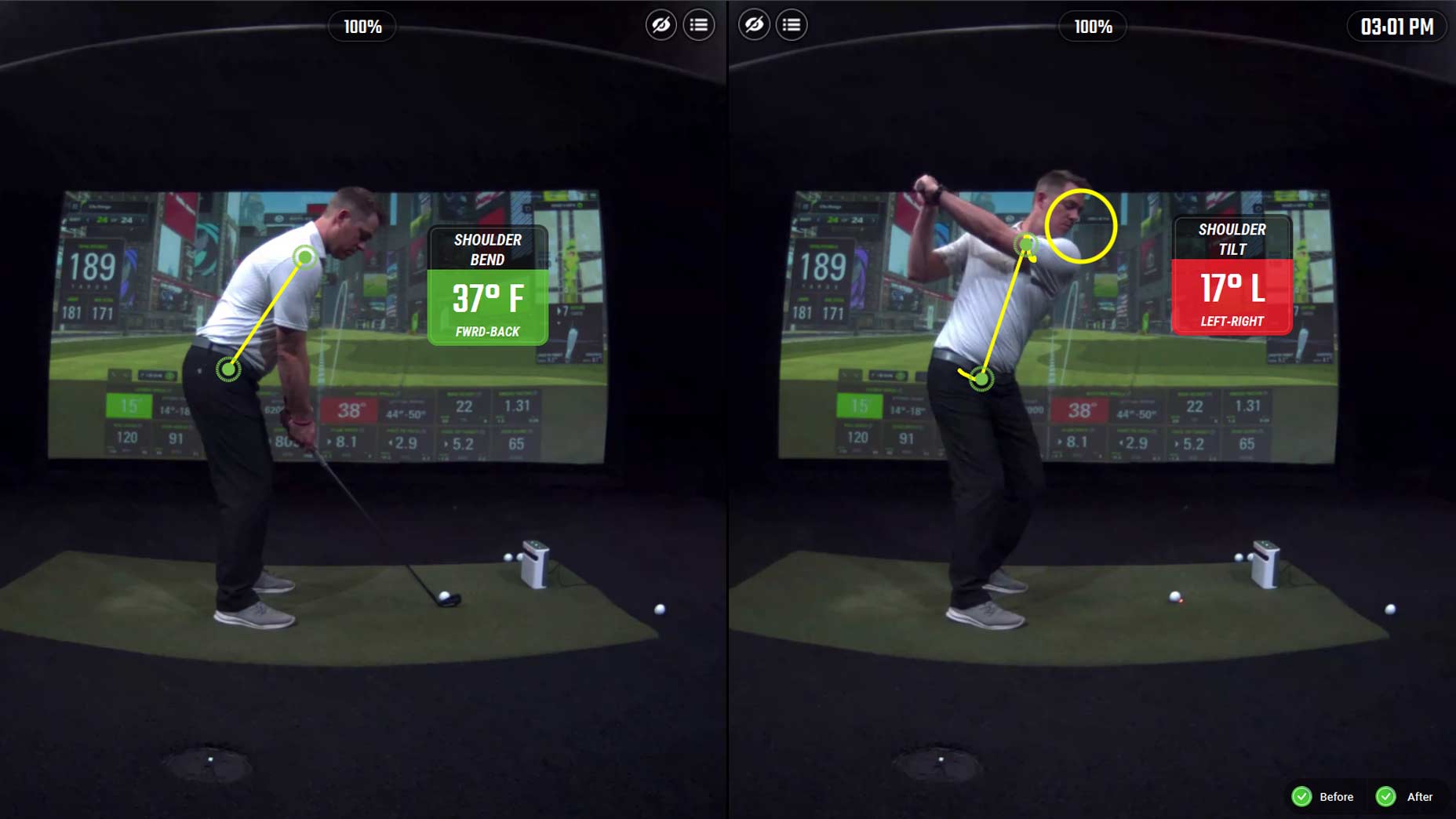Welcome to Shaving Strokes, a new GOLF.com series in which we share improvements, learnings and takeaways from amateur golfers just like you — including some of the speed bumps and challenges they faced along the way.
One of my absolute favorite aspects of golf is the community it builds.
Sure, we’re all competing against one another out there on the golf course, but after the round, there’s camaraderie, with players removing their hats, shaking hands and offering to buy one another drinks.
So when I ask players like yourself to submit stories from your golfing lives, it’s always pretty awesome to see some of the messages I receive.
The keys to keeping your game sharp as you age, according to a senior major winnerBy: Nick Dimengo
That’s the case for today’s Shaving Strokes story, from a 62-year-old named Kapsy who sent me the following email about his journey as a golfer — one which nearly ended due to chronic injuries.
Hi Nick! I’m 62 years old, and have nasty stenosis in three areas of the Lumbar. What that means is that, not only can I not swing freely, but almost every shot is painful. Even putting, fires up the sciatica. Consequently, my swing speed is down big time. 18 years ago, I clocked 126 MPH with a 3 wood and 116 MPH with a 6 iron. That was then. Today, I’m barely 100 MPH with my driver, and in the very low 90s with my 6 iron. Needless to say, I had to figure out a way to play decently.
I admire golfers like Kapsy.
He doesn’t need to play, but he’s grinding it out on the course because of his love for the game. He’s not chasing money, trophies or any other type of accolades — just sheer enjoyment.
When I asked Kapsy if he’d elaborate on his story, he enthusiastically accepted.
In his eyes (and mine), it was important to remind players why we play this funny (yet frustrating) game. Even better, he offered some tips on how he’s adapted his play after the chronic injuries that have hindered him.
Below are some of Kapsy’s secrets. If nothing else, his zest for the game will put a smile on your face.
Adapting to chronic injuries
When I asked Kapsy about why he even still plays golf, he didn’t sugarcoat his reasoning.
“Golf is my passion,” he said. “I’m a very average golfer — up recently from a 9 to a 13 handicap due to my worsening stenosis. But I still have aspirations of being on the Super Seniors’ Tour when I turn 90.”
How much does he play given his limitations?
“It’s very painful to play, so I’m down from 3-4 rounds each week to about 1-2 now,” he said. “Often, I don’t even think about my score. I couldn’t be bothered with that. The sheer pleasure of playing golf is enough for me.
Conquer impact by mastering the delivery positionBy: Mike Malizia, Top 100 Teacher
“I set small goals to drop a handicap stroke, hit more fairways or greens in regulations, or discard all 3-putts.”
Helpful swing adjustments
Given Kapsy’s chronic injuries, I asked him if he could explain the adjustments he’s made.
“For the full swing, I’ve realized that I need to hinge my right wrist more than ever before, I also have to widen my stance and extend more after impact,” he said.
“At the moment, I’m unable to have more rotation (although I’ve always been quite flexible.) So to increase my swing speed (albeit marginally), I whip through the ball and hope for better impact position.”
How does he alter his swing without overdoing it?
“A few months back, I was at the driving range with my friend Buddy, who is a low single marker,” he recalled. “After watching me hit a couple of balls, he pulled me aside and said my swing was ‘jerky,’ and reminded me not to worry about distance, just swing with rhythm.
“As much as I wanted to argue that I’d already lost so much distance, I listened to him and kept my swing smooth. I kept my head down just a fraction longer after impact. After a few weeks, it started to pay off.”
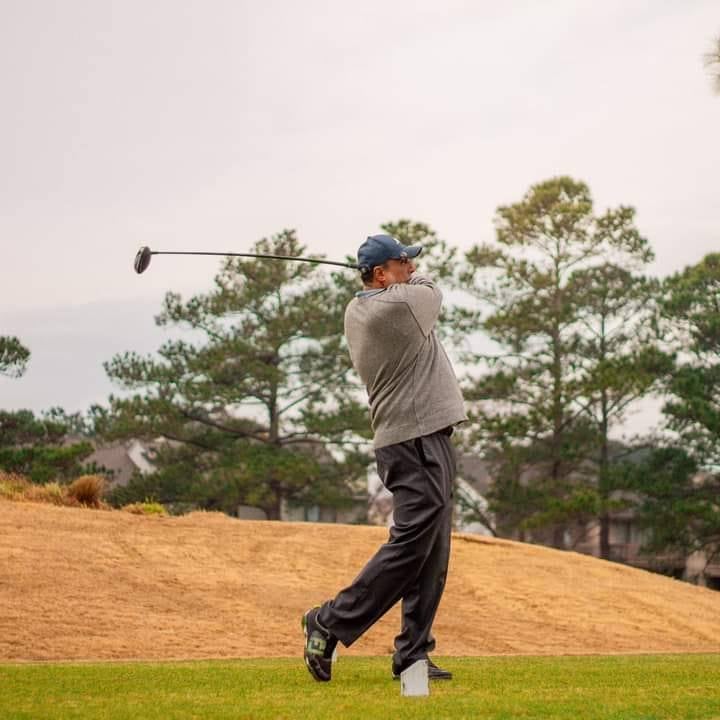
Given his golf experience, Kapsy knew he already had the muscle memory to make a good swing — he just needed to reprogram himself given his injuries.
“I merely needed to make minor changes to my swing, not revamp it,” he told me. “I understand the mechanics of the swing enough to make the requisite changes, especially if I’m uncomfortable with something, or if it isn’t working.”
Kapsy added that he cannot practice often because of the injuries but can still lock in mentally, keeping himself sharp to get the most out of his rounds.
“Physically, I do some exercises and stretching, but mentally, I keep myself devoid of anger and anxiety,” he said. “I also never say anything negative, only positive affirmation. Negativity never helped anybody!”
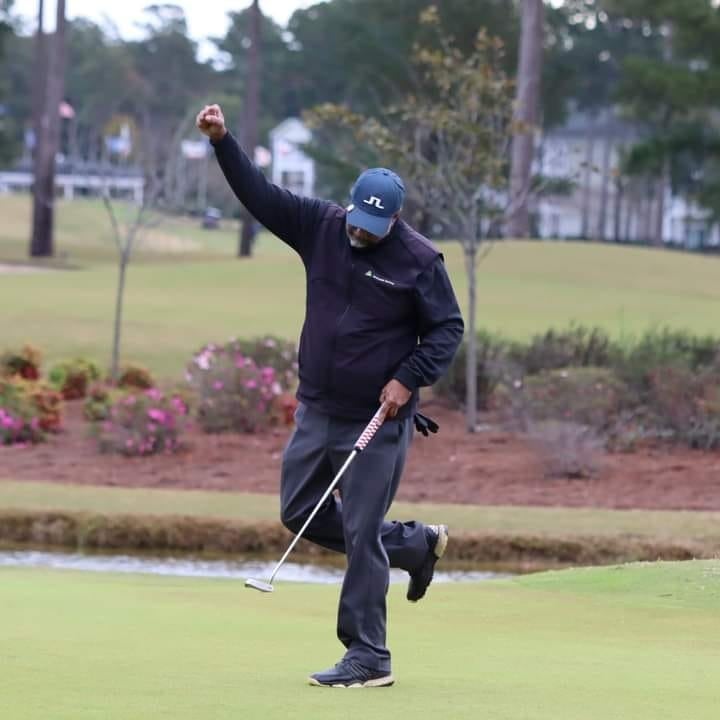
Advice for other injured golfers
I asked Kapsy what advice he’d give someone else who’s trying to improve at golf — whether they’re dealing with chronic pain, returning from an injury, battling performance anxiety or just hopeful to post lower scores.
“Take 2-3 clubs to the driving range, and start building up your confidence with only them,” he said. “For your next trip to the range, use 2-3 other clubs, practicing from bunkers, as well as your chipping and putting.
“Chip with different clubs, always putting more weight on the lead side, and never decelerate with any swing you take.”
‘Spiral upwards’: Struggling pro explains mindset that helped him shoot 62By: Dylan Dethier
The importance of goal-setting
Lastly, I had to know what Kapsy’s next goal is as a golfer. Or asked another way, at 62 and with all his injuries, why doesn’t he just call it quits, pick up a new hobby and save himself from the pain?
Like any passionate golfer, Kapsy scoffed at such a suggestion.
“I love golf, and I want to play it for as long as I can. That’s the big picture for me,” he said. “I feel it’s always good to have a goal. So, as much as I don’t particularly care about scores, I’ve set myself the goal of getting back into single figures.
“All of this makes me happy, because it allows me to continue to play golf. What more could I want?”
Want to share your firsthand experience for a chance to be featured in a future Shaving Strokes article? Share your details and progress by emailing me at nick.dimengo@golf.com. We’re all in this together, so let’s share our wins, our learnings and our frustrations to help one another improve!
